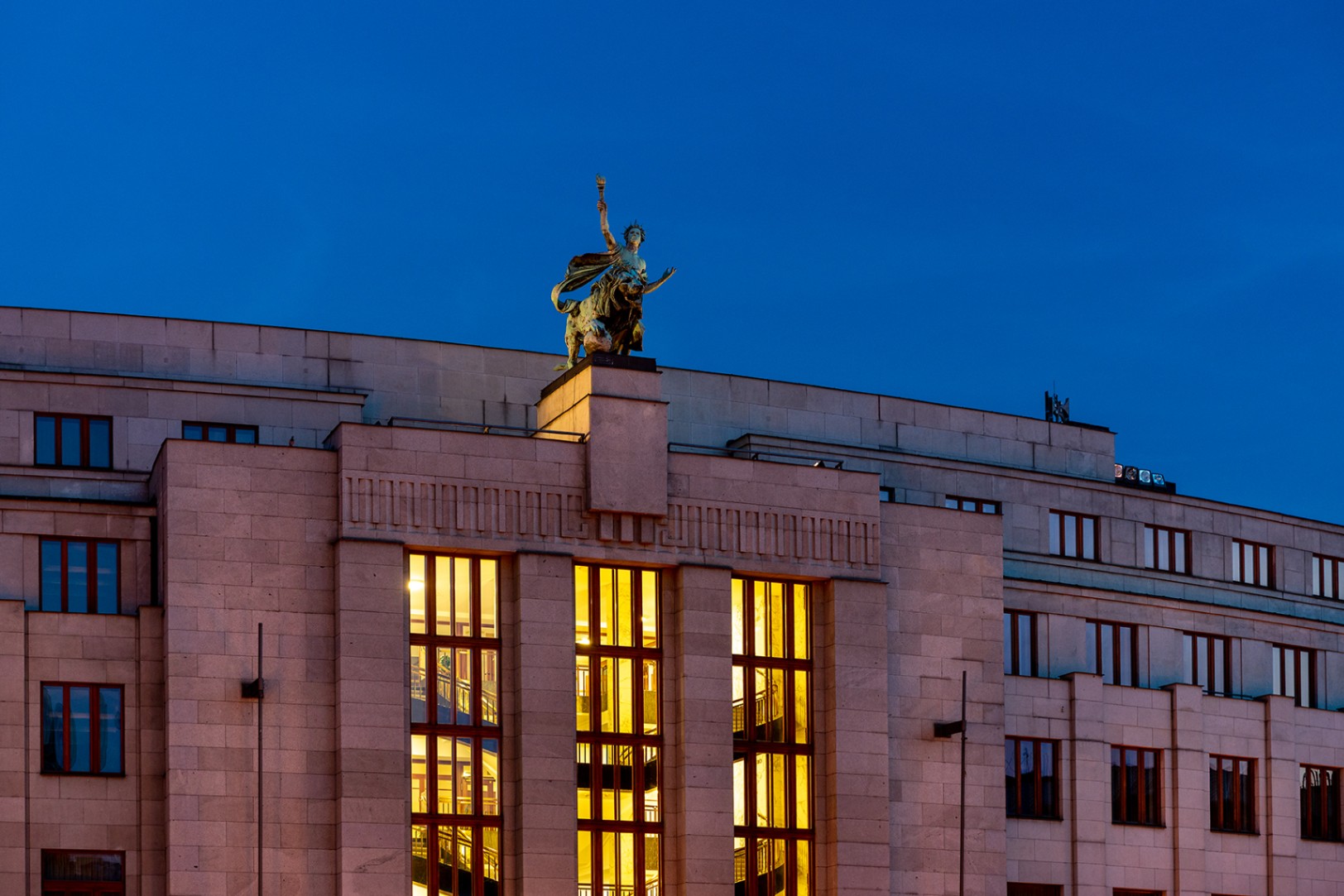The CNB cut the base interest rate by half a percentage point
Economic commentary by Jakub Seidler, Chief Economist of the CBA

The press conference after the CNB monetary policy meeting sounded a pigeon-like note for the market. This was due to a combination of several factors. Firstly, the fact that one board member voted for a more significant 0.75 bp rate cut. At the same time, the CNB's new forecast revised down GDP growth this year noticeably (from 1.2% to 0.6%), while the trajectory of interest rates was lowered further. Thus, the new 3M Pribor forecast is expecting the rate to be below 3% at the end of this year, compared to 3.5% in the previous forecast. For 2025, the forecast then revised rates down by almost 1 percentage point (2.5% in 2Q25), Chart 1. The koruna thus weakened to CZK 25.2 per euro in the wake of the conference and the interest rate outlook shifted 5-15 points lower. The expectation that the CNB's main rate could be around the 3% mark at the end of the year is now priced into rates (Chart 2).
The dovish tone of the press conference and the new forecast came despite Governor Michl reiterating that the Board was hedging against the baseline scenario and did not expect rates to fall so quickly. Market expectations were not altered by the statement that the Board believed that the equilibrium interest rate was now at a higher level than before the pandemic and therefore the Board did not expect interest rates to be cut so quickly. Governor Michl also reiterated that the process of rate cuts could be halted at any time if inflation did not fall in line with the CNB's expectations and the Board's next decision would be based on new data coming in. The central bank expects January inflation at 3% and its average for the full year at 2.6%, as in the autumn forecast.
We continue to believe that market expectations for the speed of the rate cut by the end of the year appear to be rather excessive. This stems not only from the Bank Board's definition, but also from the forecast itself - although it expects interest rates to end the year below the 3% threshold, but assuming a still relatively stable exchange rate of the koruna, which the forecast expects to average around CZK 24.6 per euro this year (similar to the previous forecast). Only the current level of the exchange rate, which is 2.5% weaker, implies a more significant easing of conditions through the exchange rate channel and less need for a fall in rates. The base rate at the end of the year is thus likely to be around 4%, or only slightly below it. However, the central bank is likely to try to define itself against today's dovish tone of the conference in subsequent media appearances.
The CNB's next steps will depend on incoming data, but a half percentage point rate cut can be expected at the next meeting in late March. However, if this year's inflation developments are favourable, a more significant rate cut of 0.75 percentage point in one step cannot be ruled out.